7 Types of Natural Gas Meters Categorized by Mechanisms
This post delves deeper into grouping natural gas meters using the flow mechanisms, creating seven distinct types of meters.
- Differential Pressure
- Motion Mechanics
- Positive Displacement Meters
- Thermal Dispersion
- Variable Area Meter
- Velocity-Type Meters
- Virtual Flow Meters
Empower your decision-making process by better understanding natural gas flow meters better. Some meters are approved for custody transfer, while others excel in various industrial applications. Some measure mass flow, while others are volumetric and require peripheral equipment to derive the flow rate. By grasping these nuances, you can make informed choices that align with your specific needs and goals, as each meter has its own benefits and excels in different applications.
Additionally, we encourage you to look at our infographics, which cluster the meters in new and interesting ways. Download it now.
1. Differential Pressure
Differential pressure meters are approved for custody transfer applications. They measure volumetric flow rates and are a traditional technology. Different differential pressure meters are orifice plates, pitot, and Venturi tubes.
Orifice Meter
An orifice meter is a differential pressure meter that infers the flow by measuring the pressure drop over an obstruction inserted in the flow. As the turbine meter, the orifice plate is an inferential meter, as it infers the volumetric flow rate by measuring a property of the flow stream. Along with custody transfer, orifice meters are a commonly accepted method of flow measurement for industrial applications; they have no moving parts and are easy to service. Unfortunately, they have limited turndown and do not handle a wide range of flow rates. They also have reduced low-flow sensitivity and require gas static pressure, differential pressure, viscosity, density, and temperature to measure gas flow accurately.
2. Motion Mechanics
Coriolis Meter
Coriolis meters’ principle of operation is based on motion mechanics. The meter provides a direct mass flow measurement based on the fluid’s deflection force moving through a vibrating tube. They are a custody transfer meter, considered new technology, very accurate with high turndown capabilities, and independent of fluid properties. They are also costly to install and unsuitable for larger pipe sizes.
3. Positive Displacement Meters (PD Meters)
Positive displacement meters are direct measurement meters and are considered a traditional technology. They operate on the volumetric flow principle by sectioning the gas flow into specific segments that fill and empty (displace) as the meter revolves. Each revolution is associated with a particular volume, and the meter reads in cubic feet (or cubic meters). Positive displacement meters have sufficient accuracy and high turndown. However, they have moving parts, so wet and dirty gas are problematic when using them.
Diaphragm Meters (Residential Gas Meters)
Diaphragm meters are residential gas meters for commercial and light industrial applications. They are approved as a custody transfer meter. The gas or fluid flows into the meter inlet with an oscillating diaphragm. The compartment fills and displaces to the outlet; each diaphragm revolution determines the flow rate.
Rotary Gas Meter
The rotary meter is for higher volume or pressure use for commercial or industrial applications. They are also custody transfer meters. For this meter type, the gas or fluid flow is divided by a rotating impeller or rotor, which has vanes, and each rotation determines the flow rate.
4. Thermal Dispersion
Thermal dispersion is a new technology.
Thermal Mass Flowmeter
A thermal mass flow meter is an instrument that directly measures gas mass flow in many industrial applications to improve process efficiency and conserve energy. They are also used to monitor methane emissions and report greenhouse gases. The meters have a wide turndown, excellent repeatability, and no moving parts. They have a low-pressure loss and can withstand high temperatures but require a long straight run. There is no need for ancillary pressure and temperature equipment.
5. Variable Area Meter
A variable area flow meter is a traditional gas technology meter consisting of a tube and float. The float response to flow rate changes is linear with a 10-to-1 flow range or turndown.
Rotameter Meter
The rotameter is an industrial flow meter that measures the volumetric flow rate of gases and liquids in a closed tube. It is a variable area meter and provides a simple and inexpensive indication of flow rates. It has fair accuracy.
6. Velocity-Type Meters
Turbine
The turbine gas meter is considered a traditional technology and measures the volumetric flow rate, which is calculated based on a rotor’s angular velocity in the meter. It is a custody transfer meter with high accuracy but requires pressure and temperature compensation. It also has moving parts, so the user must consider gas cleanliness. This meter type is limited to measuring low flow rates and has a high-pressure loss.
Ultrasonic flowmeters
The ultrasonic meter indirectly measures mass flow. Ultrasonic flowmeters measure the difference in pulse transit time that travels from a downstream transducer to the upstream transducer compared to the upstream sensor back to the downstream transducer. The meters are usually used at pipeline meter stations in high-flow and high-pressure applications where the slightest inaccuracy can negatively impact the bottom line. This meter style is exceptionally accurate, has a high turndown ratio, and has excellent rangeability, but it is costly.
Vortex
Vortex meters are latecomers to API approval for custody transfer of natural gas. This late approval has made it difficult for the meter to catch up to other custody transfer meters (Coriolis, diaphragm, rotary, turbine, ultrasonic). Consequently, vortex meters are primarily used in industrial markets with very little custody transfer of natural gas usage. The meters measure volumetric gas flow; they have good rangeability but are costly.
7. Virtual flow meter (VFM)
A Virtual flow meter (VFM) is a mathematical tool that estimates flow rates without physical hardware using data-driven algorithms powered by artificial intelligence. This innovative approach is particularly beneficial in scenarios where installing meters is challenging.
What are the 6 custody transfer meter types for natural gas?
- Differential pressure meters
- Turbine meters
- Positive displacement meters
- Coriolis flowmeters
- Ultrasonic meters
- Vortex flowmeters
4 Traditional Gas Technology Meters
- Positive displacement (diaphragm meter, rotary meter)
- Turbine meter
- Differential pressure (∆P) (orifice plates, venturi tubes)
- Rotameter (variable area (VA))
4 New Gas Technology Meters
Helpful Tips on the Natural Gas Meters
- Please take a look at our flow meter selection tips.
- There are four things to consider when selecting a natural gas flowmeter technology.
- Gas meters measure gas volume, but they do not assess the quality of the gas. This impacts the heat value, which is subsequently adjusted in the billing cycle and is known as the therm value. Pressure and temperature compensation are required to convert gas volume to thermal energy. Electronic correction provides corrected gas volume from the gas meter.
- Linc Energy Systems is the stocking distributor for Itron gas meters and regulators. We represent Honeywell Elster rotary and turbine meters and Honeywell Mercury electronic correctors. We also sell thermal mass flow meters and gas analyzers.
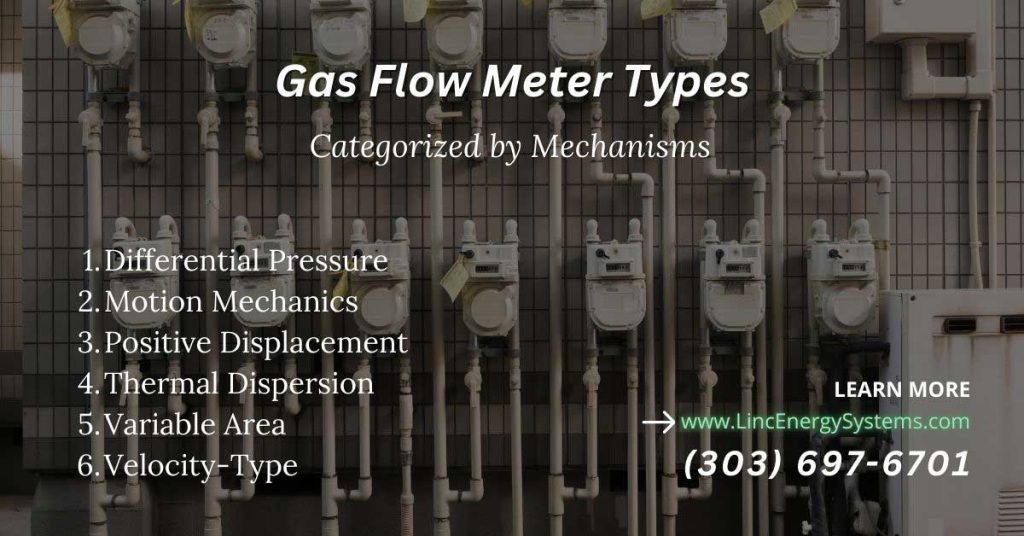
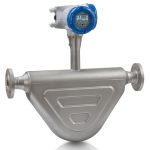
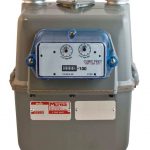
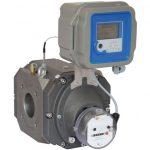
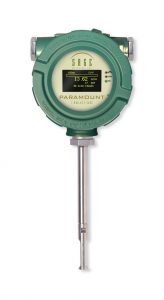
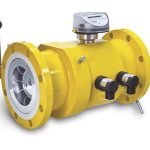
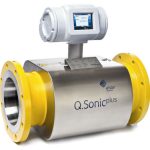
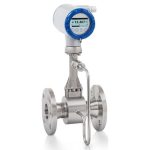




Good morning
A very nice but very accurate description offlow meters in general and gas measurement in perticular.
we “Techsol Engineering Services” are from India and at present we are associated in CGD market.
would like more and indepth inputs like provers used for these meters, you being represented in India, your manufacturing facelity and other
we will be interested in representing you.
all the best and Thanks